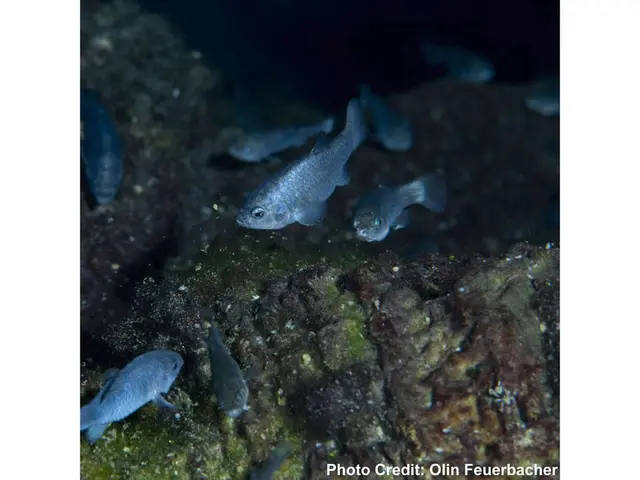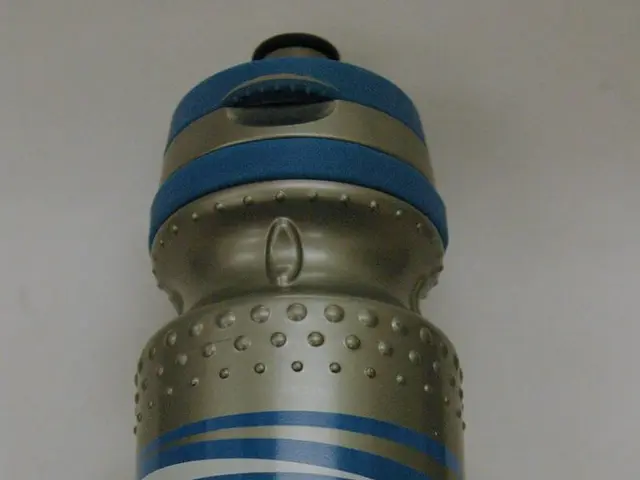ESA & Avio Team Up for Reusable Rocket Upper Stage
The European Space Agency (ESA) and Italian company Avio are joining forces to develop a reusable upper stage for rockets. This innovative project aims to demonstrate the technology in flight, marking a significant step towards more sustainable space travel. The collaboration, worth nearly 50 million USD, is part of ESA's efforts to boost access to space and follows similar initiatives like the European Launcher Challenge and Space Rider.
ESA's Director of Space Transportation, Toni Tolker-Nielsen, views this project as both a short-term and long-term investment. The reusable upper stage could revolutionize space missions by reducing costs and environmental impact, as current upper stages typically remain in orbit or burn up on reentry.
The project, with a two-year contract worth 40 million euros, will cover preliminary design and technologies for both ground and flight segments. ESA posted a rendering on its X account, giving a glimpse of the upper stage, which bears a resemblance to SpaceX's Starship. Other space actors, such as China, are also exploring reusable upper stages, indicating a global trend towards more sustainable space technologies. The developed upper stage could potentially be used on future Vega rockets or other European rockets, further expanding ESA's launch capabilities.
ESA and Avio's collaboration on a reusable upper stage marks a significant step towards more sustainable space travel. With a contract worth nearly 50 million USD, the project aims to prepare for an in-flight demonstration, following ESA's broader efforts to boost access to space. The successful development of this technology could reduce costs and environmental impact, paving the way for future space missions.
Read also:
- Two farmers in Zambia take legal action against two firms with Chinese connections, alleging an ecological disaster caused by their operations.
- Deepening EU-India relations despite apprehensions regarding Moscow connections
- Ongoing Transition Towards Cleanliness
- Biden-Harris Administration's Public Lands Rule Sparks Utah Dispute







